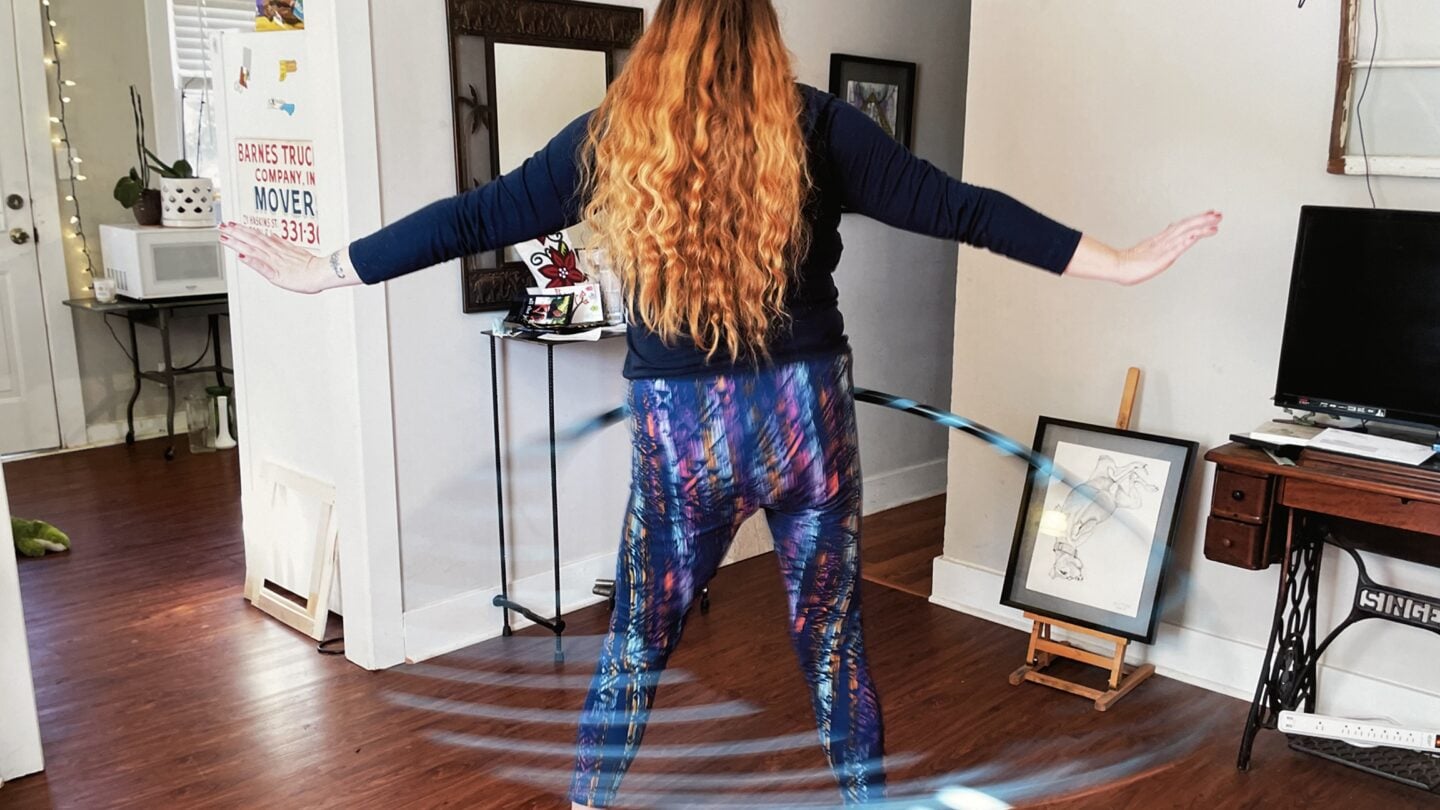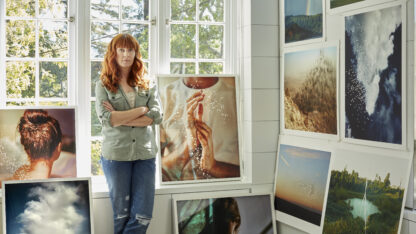'We Live Among You' photo exhibit showcases those struggling with mental health challenges

In-depth conversations surrounding mental health in America are still relatively new. In popular culture, some films and TV shows have helped to break down the stigma associated with mental health issues.
“We Live Among You” is a new photography exhibition showcasing several Atlantans who struggle with mental health challenges. Alongside the photos are personal stories in the subject’s own words. The exhibition, supported by Mayor Andre Dickens and his Office of Cultural Affairs, will be on view through Oct. 29 at Gallery 72.
Two of the five photographers participating in the exhibition, Daniel Troppy and Royce Soble, joined “City Lights” host Lois Reitzes via Zoom to talk about their contributions to the showcase.
Interview highlights follow below.
Compassionate representations that don’t define a subject by their disorder:
“I shot all of mine from behind. Everything is shot in black and white. And [one photo] is of a woman who had been dealing with OCD for 40 or 50 years, and she told me what that was like – raising a family, having children and having a husband, and having to deal with OCD every day of her life,” said Troppy. He later added, “I put her in front of a beautiful flowering tree, because I wanted stillness. I wanted to give her calmness. I wanted to give her something that was so outside her normal life.”
“I actually did a call for artists on Facebook. I made a post and I said, ‘I would like to see if anyone would like to be a part of a mental health project,'” said Soble. “For me, it was important to photograph people in their homes, because I wanted to give them a safe space to shoot. And we began our conversations when I first sat down and spoke about my own personal struggles with mental health, to set the tone and allow them to feel comfortable, to be open, a little bit more vulnerable with me. And the concept would evolve organically through these conversations.”
Finding creative ways to capture the essence of an anonymous subject:
“The curator, Susan Todd-Raque, she wanted these images to be anonymous, and so it was a challenge to create a portrait and a story without showing anyone who the person was, so the only person who knows who actually is in these photographs is the shooter and the sitter,” said Soble. “The curator doesn’t even know who are in these pictures.”
“I sent an image… about a woman who had dealt with eating disorders all her life, and had a lot of generalized anxiety disorders and depression,” Soble recounted. “During the pandemic, she picked up hula-hooping, to not only do something for strengthening her core, but it was also something that she could really focus on and control. So that was something helpful to calm her for her anxiety, and also just help her feel good about her body issues. So I photographed her from behind, but the unique part that I did was do a slow shutter speed of the movement of the hula hoop, so it creates part of the composition.”
On freeing sufferers from the stigma of mental illness:
“When we think back to how wonderful it was for Rosalyn Carter to first step out back in the ’70s and really talk about mental health in this country, [it] was really revolutionary, given the time,” Troppy reflected. “You turn the page and it’s 50-something years later. I don’t know how far we’ve really traveled on that road, and I think we have a long way to go when it comes to really opening the doors to both mental health and mental health issues… Recently I’ve been writing these little short stories about my family and my childhood, and I realize that every family has… an alcoholic or a drug user or somebody that’s suffering from a mental health issue.”
“My experiences have been very helpful when I’ve been transparent about my mental struggles. And I used to feel very ashamed, when I was younger, about it; and I had been on some sort of medication on and off since I was 17 or 18 years old. And there were times that I took myself off of it, because I felt like, ‘Oh, I’m great. I got this,’ and then you soon realize that you don’t,” Soble said. “Our brains are very mystical and magical and extremely interesting, and we don’t really understand the chemistry as to why some things work for others and some don’t.”
“We Live Among You” is on view through Oct. 29 at Gallery 72, as part of the Elevate public art project in Atlanta. More information is available at https://www.elevateatlart.com/schedule








